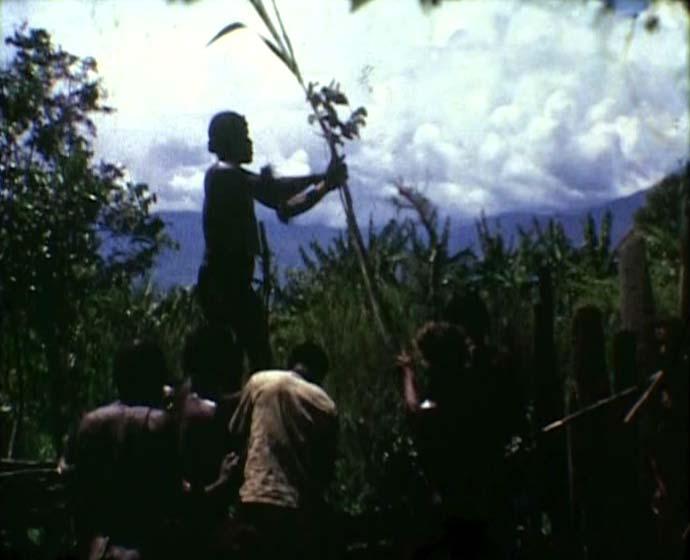

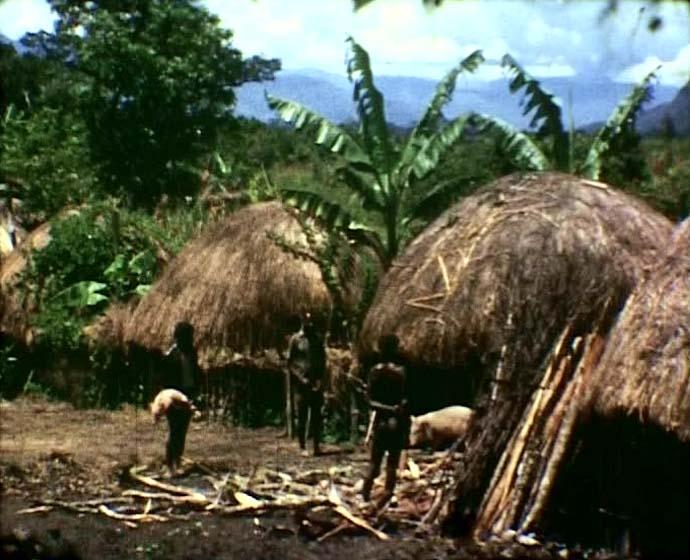

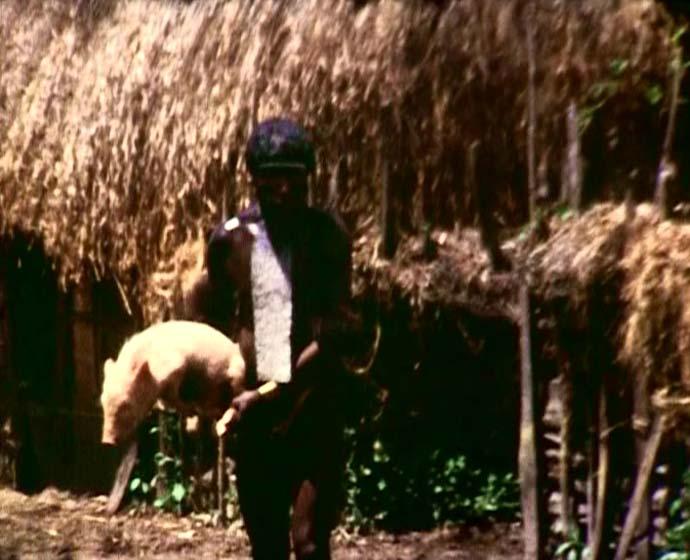

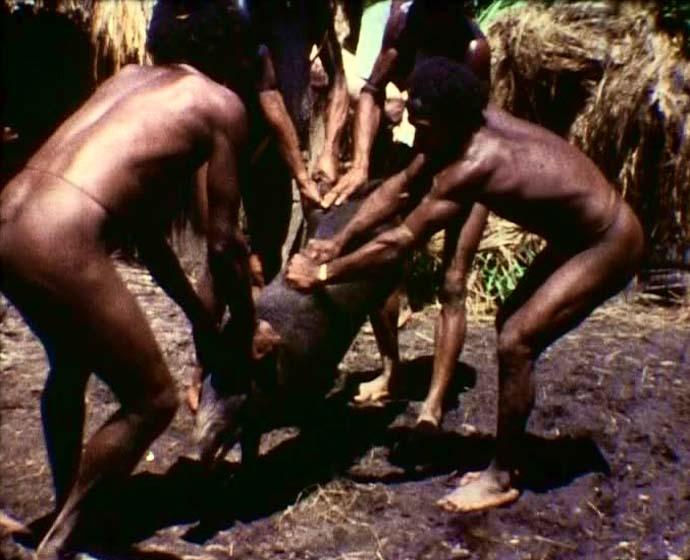

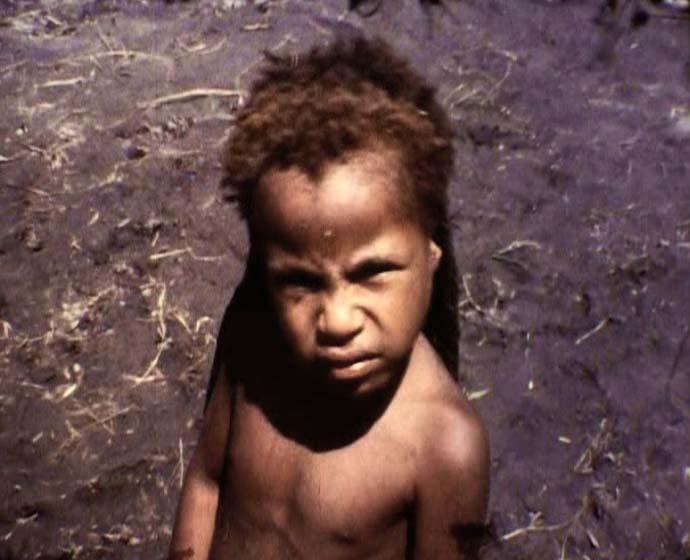

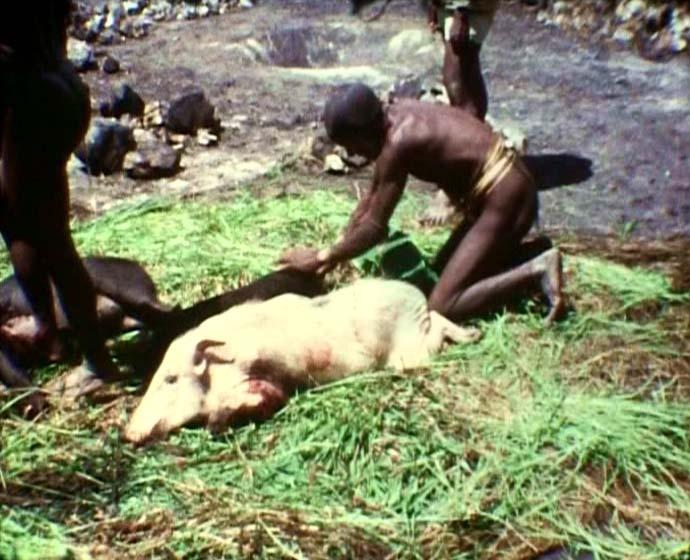

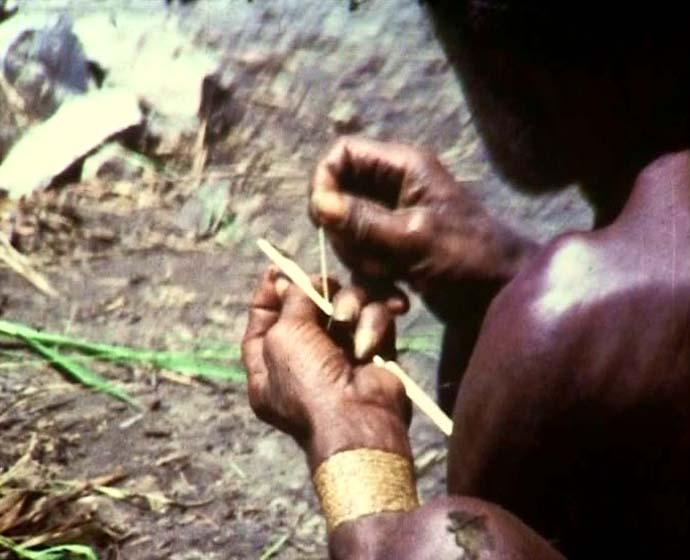

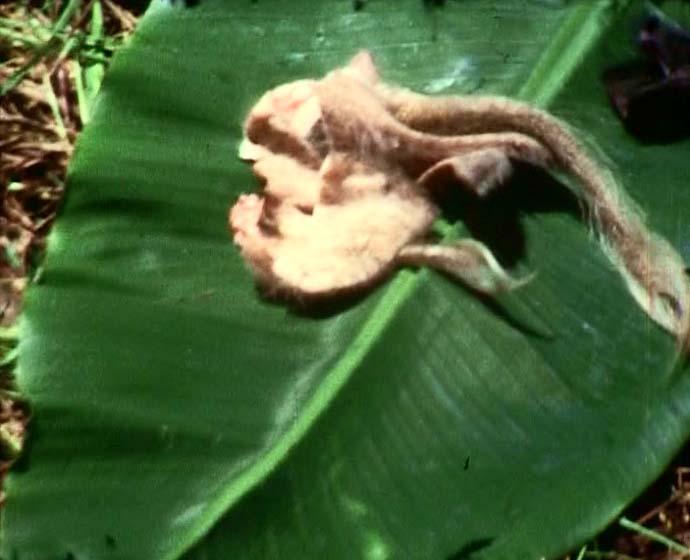

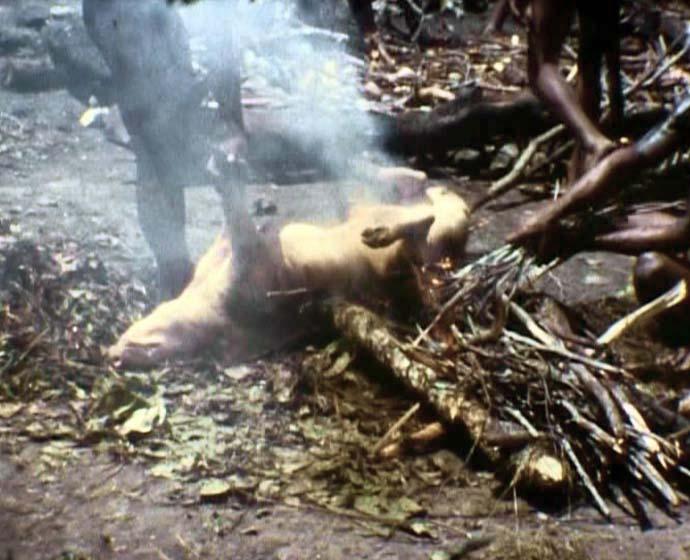

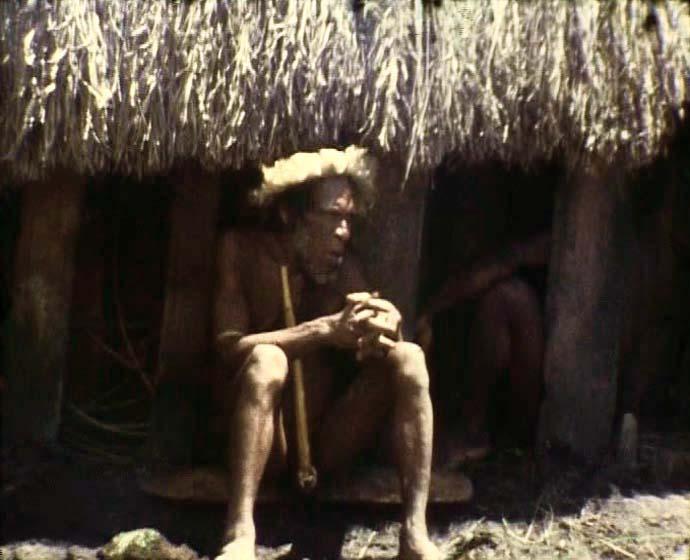

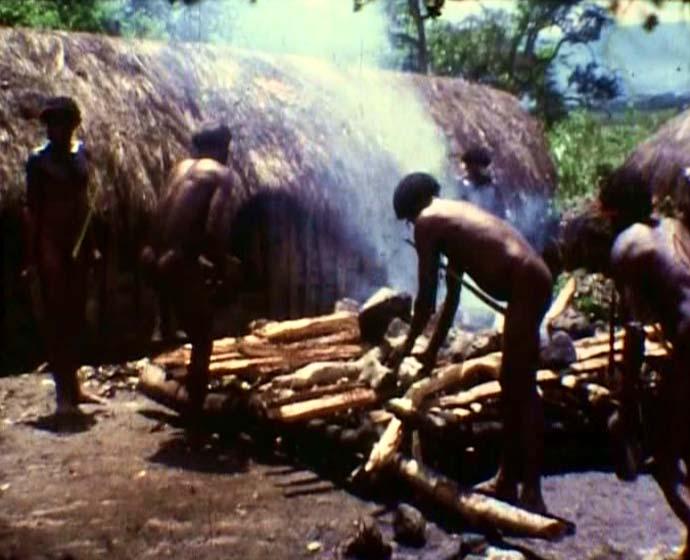

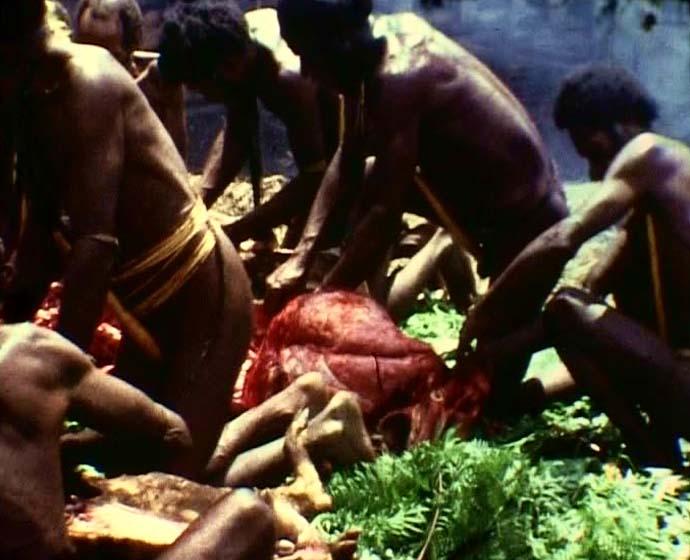

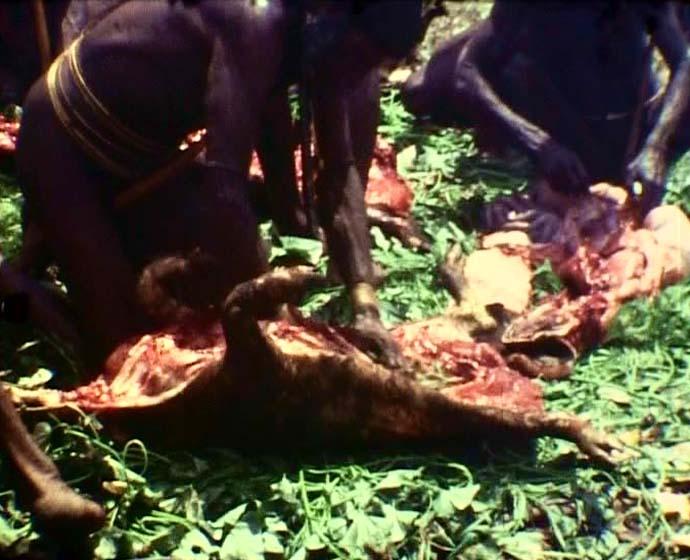

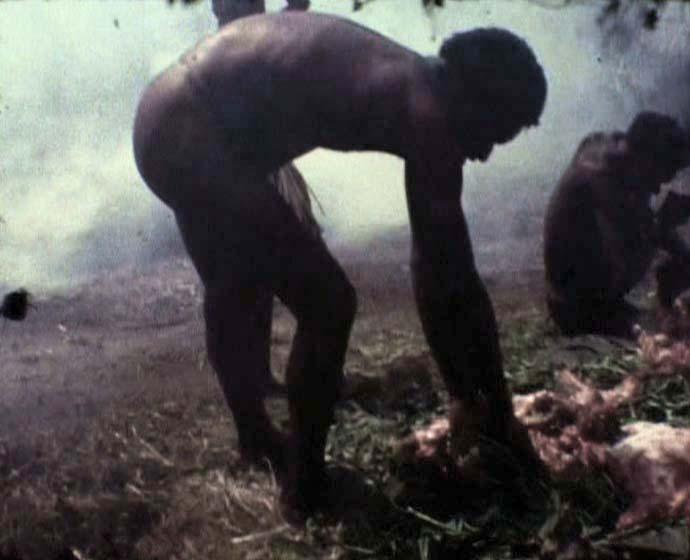

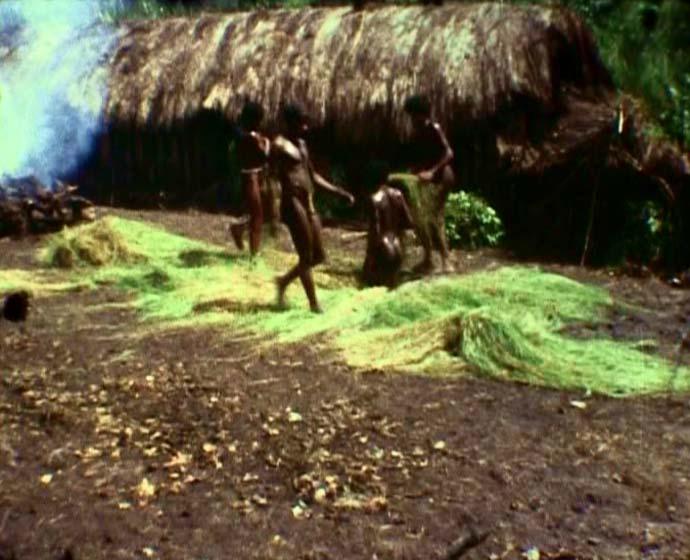

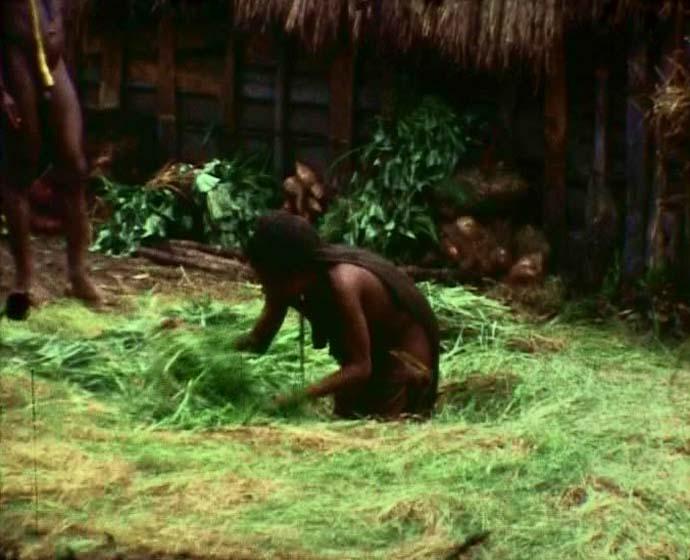

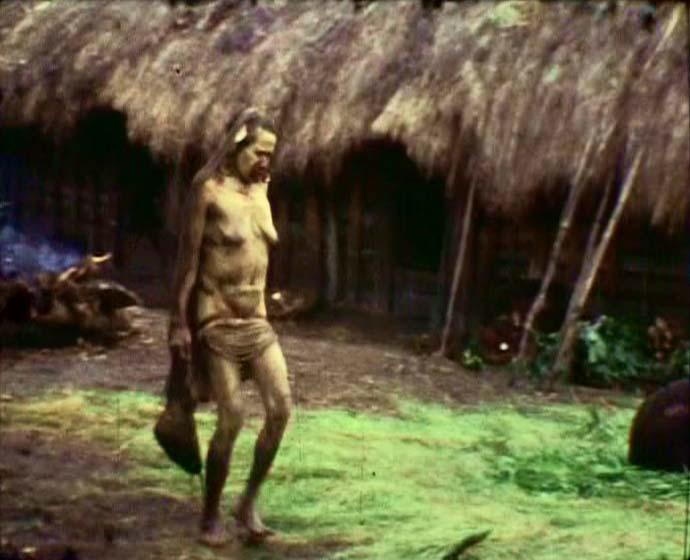

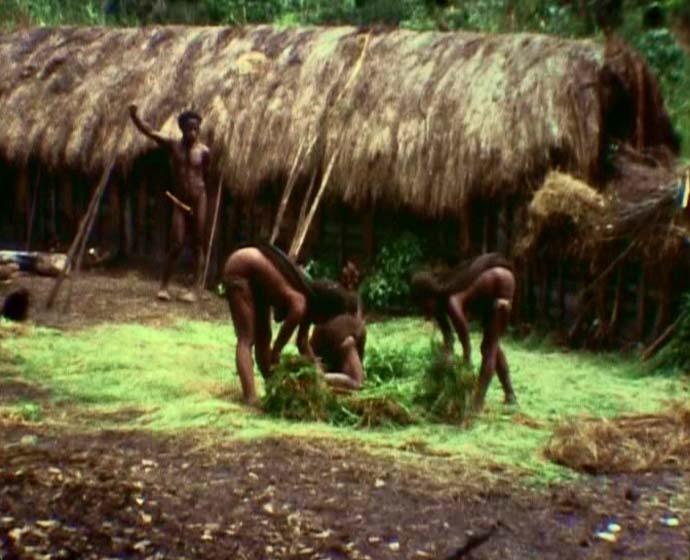

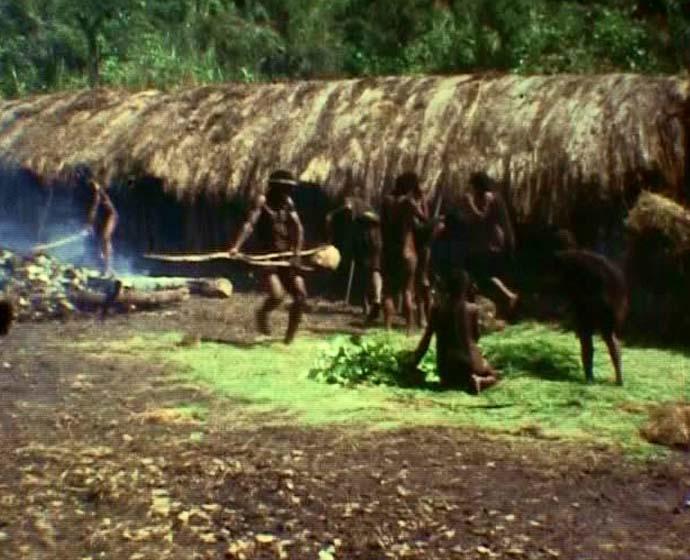

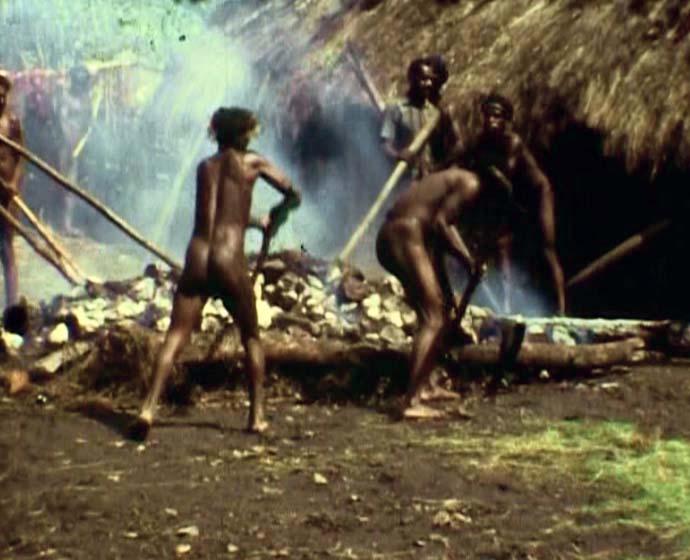

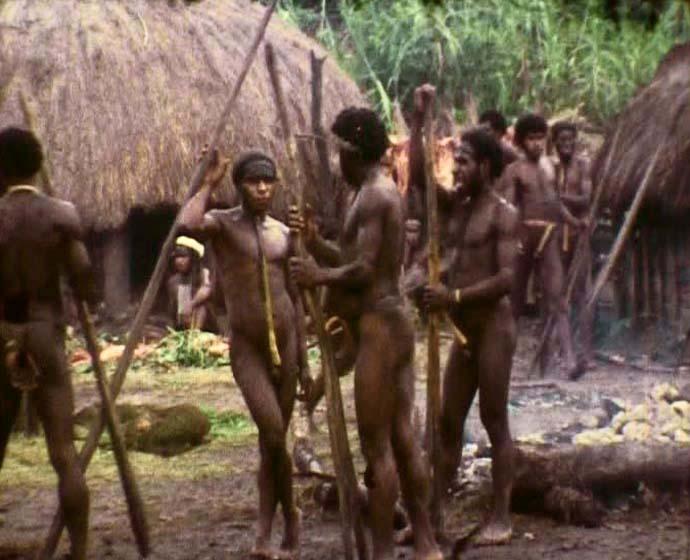

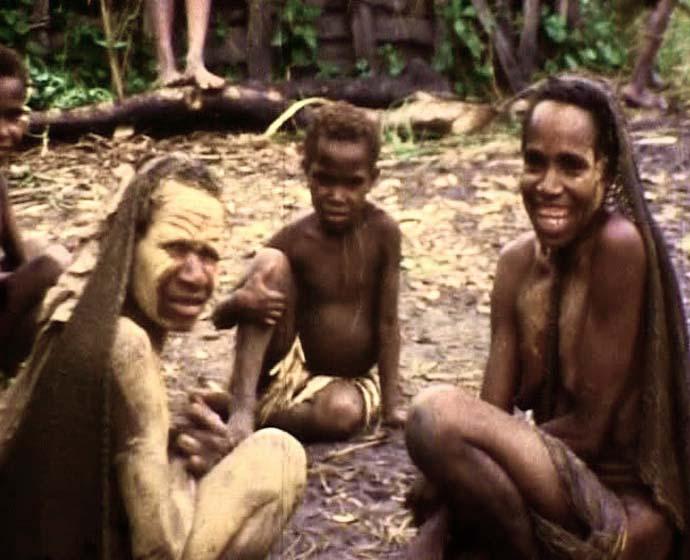

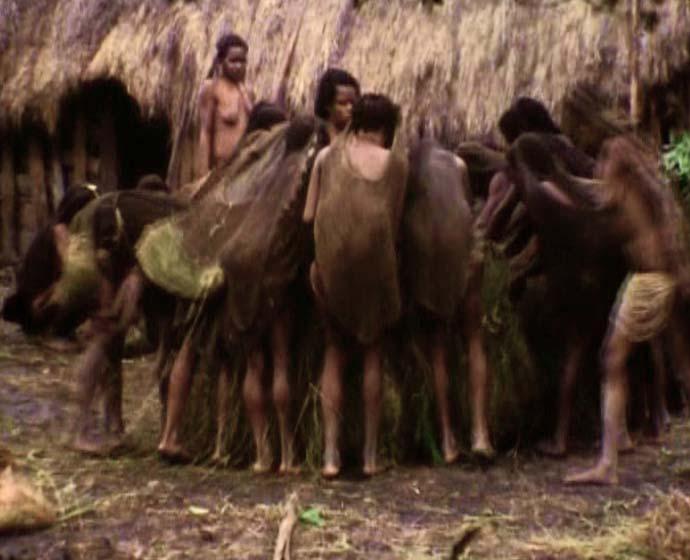

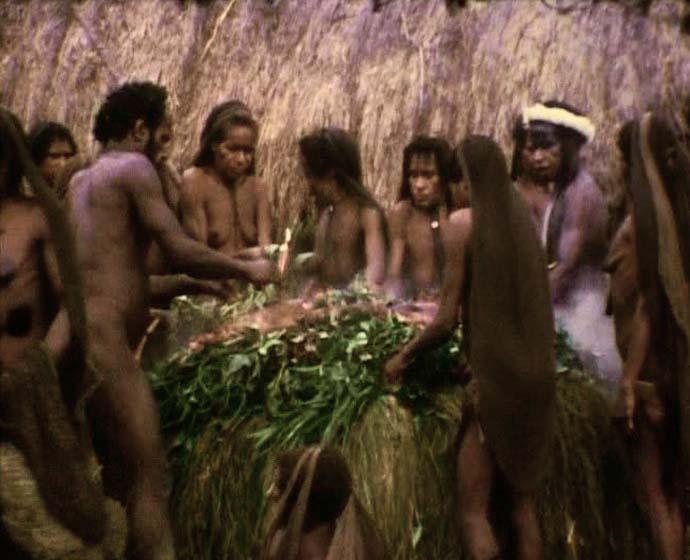

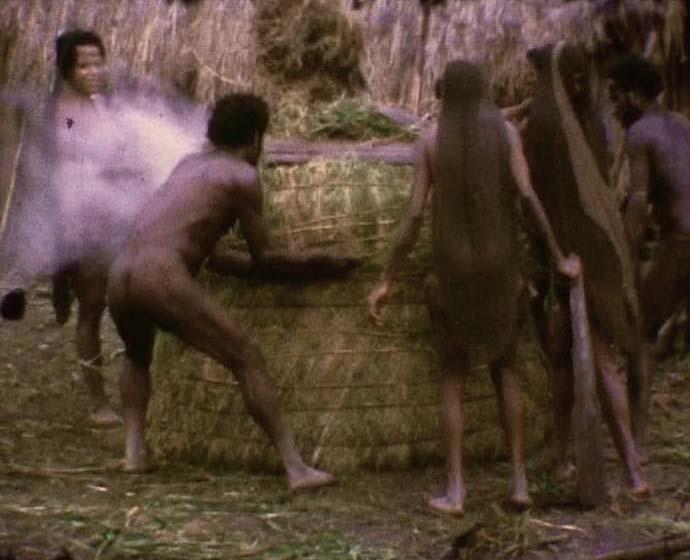

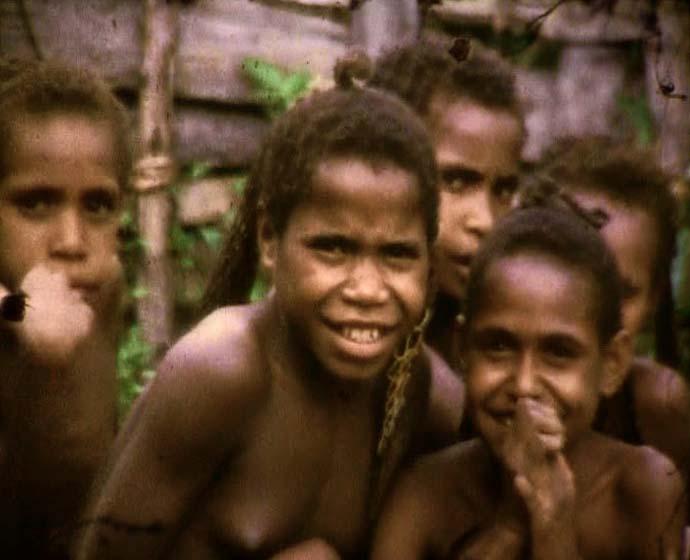

Ima Wusan I
Ima Wusan I
Objectcode
FI/40/15
Film by father Jules Camps OFM, recorded during the 1970s in the central mountain area of Irian Jaya. Ima Wusan, Part I, is the first in a sequence of two films dealing with a purification ceremony of the Baliem Valley peoples. Part I deals primarily with preparations for the rites and Part II (Ima Wusan II, Camps 10) deals with the actual ceremony itself.
Contents
Description: Ima Wusan, Part I, is the first in a sequence of two films dealing with a purification ceremony of the Baliem Valley peoples. Part I deals primarily with preparations for the rites and Part II (Ima Wusan II, Camps 10) deals with the actual ceremony itself. These events occurred at the compound at Obia, located in the vicinity of Yiwika, West Irian. The purpose of Ima Wusan is to purify the group of the contamination brought about by an act of incest. When members of the same moiety have sexual relations, the entire group is affected. It is said that when a person's pigs remain small or are sick, this condition is because of his family and Ima Wusan can be held. It is sure on the actual evidence of such transgressions the Ima Wusan has to be held. The people believe that failure to purify the group, will cause all the pigs to remain small, to sicken and die. Thus, there is the need for all members of the group to be cleansed together with the particular offenders. Part I: In the events at Obia, the Ima Wusan begins with activities in the compounds. The firewood to be used is prepared. The arch or pabi kagalek, made of the woods el and tun is begun. The ceremonial leader is Helela, and he can be seen doing this work: splitting the wood using a bone knife, tul. Husumpi, Labisok and Wasiginlekma discuss the pigs to be used for the feast. The man Apmabaga can be seen with one of these pigs under discussion. This completed, the women who have been excluded while the arch was being prepared, come into the silimo bringing leaves and hymperi. The business of killing the four pigs used in this feast starts at this point. The responsibility for killing the pigs is given to Husumpi. He uses the sike and arrows for this purpose. The usual standard position for killing pigs is pictured in the film. The pig is held by the ears and hind feet while a third man draws the bow, loosening the arrow into the pig. The arrow penetrates between the ribs just behind of the front legs, aimed at one of the vital organs. The bowman may jab the arrow in further, or maybe in and out, before it is withdrawn. The pig is then loose to rum a few meters or to topple and die quickly if the aim has been good. A large pig may be shot on the ground where it stands or maybe hoisted on poles, then shot. Two of these methods are depicted in this film. One pig shown takes two arrows before it finally dies. Nugudialok is then shown sharpening the wimukul by peeling off a small strip of bamboo. With this he proceeds to cut off the tails and ears of the slain pigs. These will later be eaten. The men in clothes is Weneroma. A fire is built and the hair and outer skin is removed. The butchering follows as the singed pigs are laid out on banana and hymperi leaves. The sequence is usually the same. Cuts are made on either side of the mouth (in this ceremony first cuts are made at the anus) then down the stomach just inside the legs. The belly, to include the lower jaw, is then removed as one skin strip. In this film Helela asked for the pigs blood for use in the actual rites of Ima Wusan, but usually it is collected in the leaves. The intestines are removed and given to young girls to clean in a nearby stream. The pelvis is broken by using the jaga and the vertebral column is removed. Strips of flesh are carefully removed and hung on meat racks, the poklagabek. Later the skin with fat, ribs, organs and backbone will be steamed. The meat strips will be roasted in the man's house at a later time. Following this activity, the pits are prepared. The bakte is lined with jeleakap and oika. The helinkit are taken from the kit pelaga and placed in the bakte followed by hymperi and wam. Soa and hom eka are also to be cooked. Men and women take part in this work which is completed with the binding of the bundle formed using the jawaga. During this time, women are be seen sitting around the silimo. Uwo, Nogo and Malekhe are watching the activities. The poklagabek can be seen laden with meat and pig intestines. (For more description of the preparation of the bakte, see Wen Hagasin, Camps 2). Part one ends on this point. The actual ritual of Ima Wusan follows as Ima Wusan II, Camps 10. Persons: 1) Helela, 2) Wasiginlekma, 3) Labisok, 4) Husumpi, 5) Apmabaga, 6) Nugudialok, 7) Wenaroma, 8) Husogo, 9) Uwo, 10) Nogo, 11) Malekhe. Terminology: 1) pabi kagalek: arch used in Ima Wusan 2) el: sugar cane used for the arch 3) tun: name of a wood 4) sike: bow used for killing pigs 5) wimukul: bamboo knife 6) helinkit: stones used in pit 7) bakte: steam pit 8) kit pelago: place for heating stones 9) hunila: cook house 10) phatphale: ceremony leader of Ima Wusan 11) ijoak: gourd 12) wam: general term for pig 13) jeleakap and oika: kinds of grass 14) hymperi: general term for sweet potatoes 15) soa and hom: kinds of vegetables 16) jawaga: bakte vine binding 17) wam al: pig intestines 18) poklagabek: term for rack on which meat is hung 19) silimo: compound courtyard 20) jaga: stone adze 21) tun: bone knife This description was prepared by Larry L. Naylor, Southern Illinois University in collaboration with J.A.E. Camps ofm and using local informants. Chief informants were: Kurelu, Kirilmo and Uwo.
Title
Camps 9
Year
1971
Technical detail
Dating
1-12-1971 - 31-12-1971
Color
Silent
Thesaurus terms
Cultural
Cultural origin » Papua » Central Highlands » Centrale Highlands » Baliem Valley » Dani
Geographic
Geographical term » Papua » Division Hollandia » Explorationressort Eastern Highlands » Baliem
References
PACE collection
Ima Wusan II, Ima Wusan III, Wen Hagasin